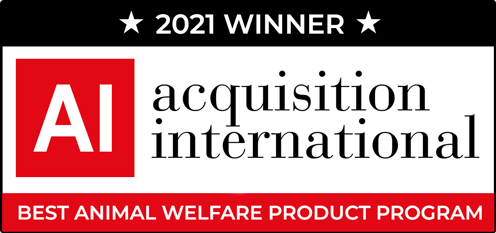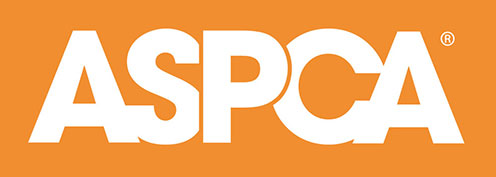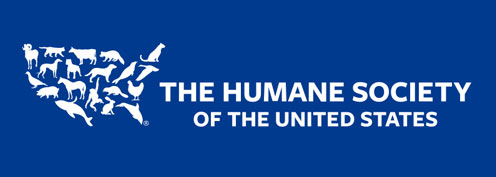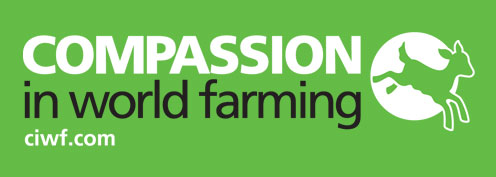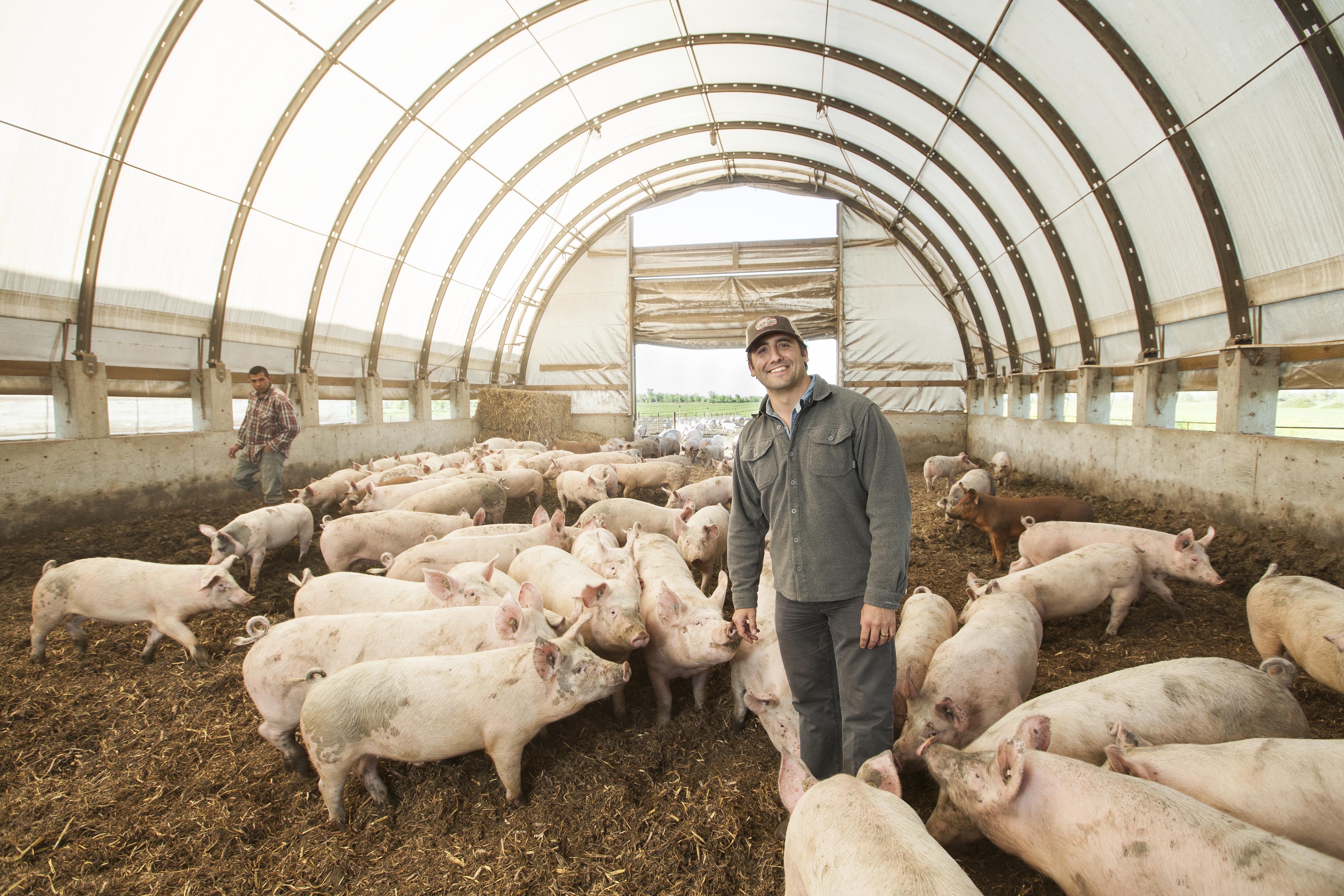
Ranch Llano Seco dates all the way back to 1844, when the last governor of Mexican California gifted the it as a land grant to Sebastian Keyser and John Sutter. In 1861, John Parrott, an ancestor of the owners the Thieriot family, bought the land. The land itself is 18,000 acres, roughly the size of the whole of Manhattan. It is a mixed enterprise of animals, crops, and wildlife – a cultivated and bio integrated piece of land preserved and valued for it’s history and unique harmony in biodiversity. The ranch lands are shaped naturally by the boundaries of the Sacramento River and the Chico Creek. Each of the fields and land borders have been carved out by the patterns of the river and many fields are named after the people that previously inhabited the land before it was cultivated.
Today, the ranch is a beautiful example of positive coexistence of cultivated and wild, protected lands. The whole ecosystem is included in the ranch and how the ranch operates,“ says Olivia, a consultant with Rancho Llano Seco. Rancho Llano Seco has been raising livestock for over a century. When they decided to raise pigs, they tried multiple production methods. At one point, they were raising pigs in a similar fashion to the system that they use today – barns and A-frame structures with private outdoor paddocks and pens. Eventually, the ranchers decided to stop raising the hogs at this location. The original buildings and paddocks were left to nature and plants and wildlife certainly took over for over 30 years. “It reminded us of a ghost-town tucked away in a little nook on our ranch.” Nickie said.
Rancho Llano Seco found success and expanded; and as such, overcame many of the issues and challenges that they faced when they started their pig operation originally. One of the positive challenges that they faced once they found their niche was finding the space to grow. Nickie and Olivia explained that while they could have constructed new barns, they saw the possibility and beauty in revamping the historical buildings that once housed the original pigs that were raised on the ranch. So the whole team embarked on a huge transformation project for the little ghost town.
“When we first began the transformation of these old barns, it was a pretty daunting task. We’re a small department, and that means we each wear many hats. Myself [Nickie] and our Inside Sales Manager, Jamie Salyer, spent many days with chainsaw and rake in hand chipping away at the years of overgrown vegetation. He and I even moved some of our Sows into the outdoor pens with the A-Frames to assist in clearing the vegetation. When we first moved them in, the weeds were the happiest crop of weeds I’d ever seen. I mean, 6-foot tall “Bull Thistle” (non-native and considered invasive in our area). The sows LOVED it. They made quick work of the weeds and vegetation, rooted around and turned the abandoned soil, and are the happiest and healthiest I’ve seen them. We’re now at a point that we can see the beautiful underlying structure of amazing barns and craftsmanship. We’re working to incorporate some “new thinking” to ensure that we remain compliant with the G.A.P. standards at our new location, but there’s really not a lot of changes to be made. It’s amazing that even back then they knew what was good for the animals, and it speaks to G.A.P.’s excellence in developing a program that encompasses the basic needs of the livestock. We feel like G.A.P. is bringing humane Livestock Production back to basics, as evidenced by the historically G.A.P.-appropriate production facility already right under our noses!”
The team at Rancho Llano Seco said that they love the G.A.P. program for many reasons- among them is that 5-Step program standards are very logical, feasible, and animal welfare-centered. Having worked with other specialty certifications in the past, they found that their animals and their farm didn’t flourish because of their unique soil based systems.
“With G.A.P., we feel that we fit right in, and are allowed freedom to adjust based on our animals’ varying needs. In a soil-based outdoor system like ours, a comprehensive disease prevention program is paramount to the health of our herd. G.A.P. allows us to administer a safe and healthy dose of de-wormer to our pigs, which has resulted in a vast improvement in the pigs’ well-being. G.A.P. regulates production practices based on the key needs for wellness in livestock. But, then allows the producer freedom beyond those basic needs.” says Nickie.
Today, the ranch is certified at Step 2 for their pig operation. As it is national Pig Month, we decided to take a closer look at the pigs at Rancho Llano Seco and what it looks like to work with them on a daily basis. Each day starts with feeding and over 300 are fed by hand! “In the mornings the sows know its time for breakfast, and they sort of “sing” with excitement,” Nickie says. Next, the ranchers check all the feeders and waterers in all the barns and while doing so, they get all the pigs up and moving for the day. They check all the pigs for illnesses and injuries and inspect the barns for any issues or hazards. Then, the pigs all get moved outside to their paddocks for the day. And the ranchers go on to whatever else is on the agenda for the day and week such as cleaning, farrowing, or grinding and delivering their own feed. With all the responsibilities of the day, you have to stop and enjoy the moment every now and again. “One of my favorite things to do is to stand in the barn’s doorway and just watch the pigs be pigs. They’re so curious and smart. They run, and play, and want to know what’s up with me!” Nickie says. “Each pig is different, and that’s great! They all have their own personality, look, needs, and likes. We get to know them, and do everything in our power to entertain each individual need of each individual pig. “
The ranch also raises cattle certified at a Step 4 under our Animal Welfare Standards.



